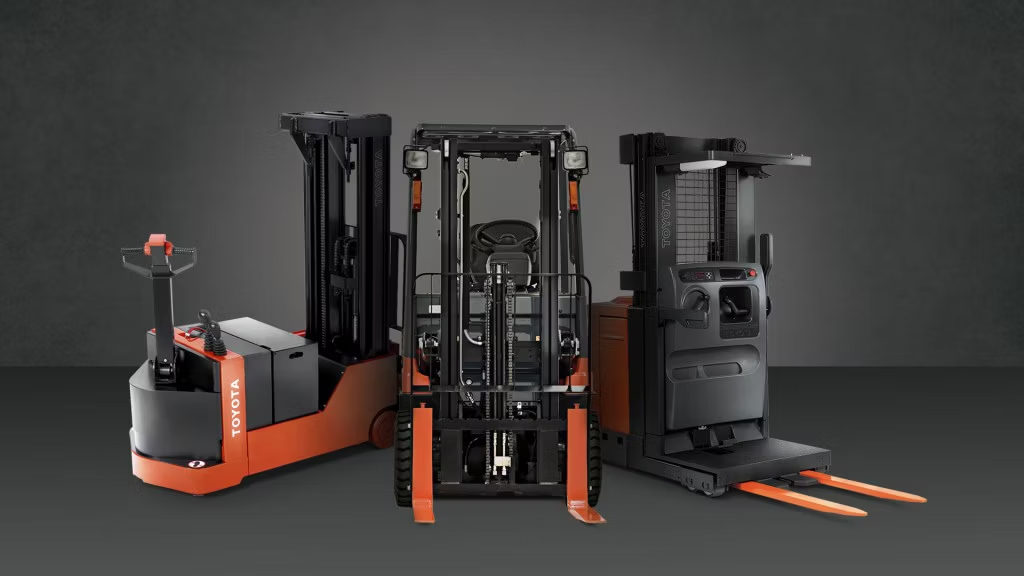
Understanding forklift cost is essential for businesses looking to invest in equipment that enhances productivity and efficiency. The price of forklifts varies based on several factors, including weight capacity, lift height, fuel type, and additional features. Whether you’re planning to buy new, purchase used, or lease a forklift, knowing these factors helps you make the right decision for your business needs. Here, we’ll explore these critical elements and provide real-world examples to guide your investment.
The weight capacity of a forklift significantly affects its cost. Generally, the higher the weight capacity, the more expensive the forklift. For example:
Example: A small warehouse in Dallas handling light pallet loads decided to lease a 2,500-pound capacity forklift. Leasing kept their upfront costs low while ensuring they had the right equipment for their needs. Dallas forklift dealers provided several affordable leasing options.
Forklifts designed for higher lift heights come with higher price tags. Models that can reach up to 40 feet or more, such as boom lifts and scissor lifts, are among the most expensive.
Cost Breakdown:
Example: A logistics company in Miami needed forklifts to manage high shelving in their warehouse. They compared prices and chose electric boom lifts to keep operational costs low. Miami forklift dealers offered competitive pricing for high-reach models.
Different manufacturers offer forklifts at varying price points. Premium brands like Toyota, Hyster, and Yale often command higher prices due to their reputation for quality and durability.
Cost Range:
Example: A distribution center in New York City compared models from several reputable brands and opted for a Hyster forklift due to its durability and warranty coverage. New York City forklift dealers helped them find the best deal.
The choice between gas-powered and electric forklifts impacts both upfront and long-term costs:
Example: A manufacturing plant in Seattle opted for electric forklifts to reduce fuel costs and emissions. While they paid extra for batteries and chargers, they saved significantly on fuel. Seattle forklift dealers provided tailored solutions.
Additional features can increase forklift cost but may enhance productivity and safety. Popular add-ons include:
Example: A warehouse in Chicago invested in side-shifters to improve load handling efficiency. The added cost paid off through faster operations and reduced labor time. Chicago forklift dealers offered customizable solutions.
Forklift operational costs depend on fuel type and usage:
Example: A grocery store in San Francisco chose electric forklifts to keep operational costs low. The predictable electricity expenses helped them manage their budget efficiently. San Francisco forklift dealers provided cost-effective leasing plans.
Understanding forklift cost factors ensures you make a smart investment that aligns with your business needs. Whether you’re in warehousing, manufacturing, or retail, exploring options for buying new, purchasing used, or leasing forklifts helps you maximize productivity and control costs. Reach out to local forklift dealers to get personalized quotes and find the perfect forklift for your operations.

December 18,2024


December 15,2024

December 15,2024

December 14,2024

The largest network of forklift dealers in the US and Canada is at your fingertips. Get the best pricing nationwide now on renting or buying a forklift
Get the lowest prices from our forklift dealers near you.